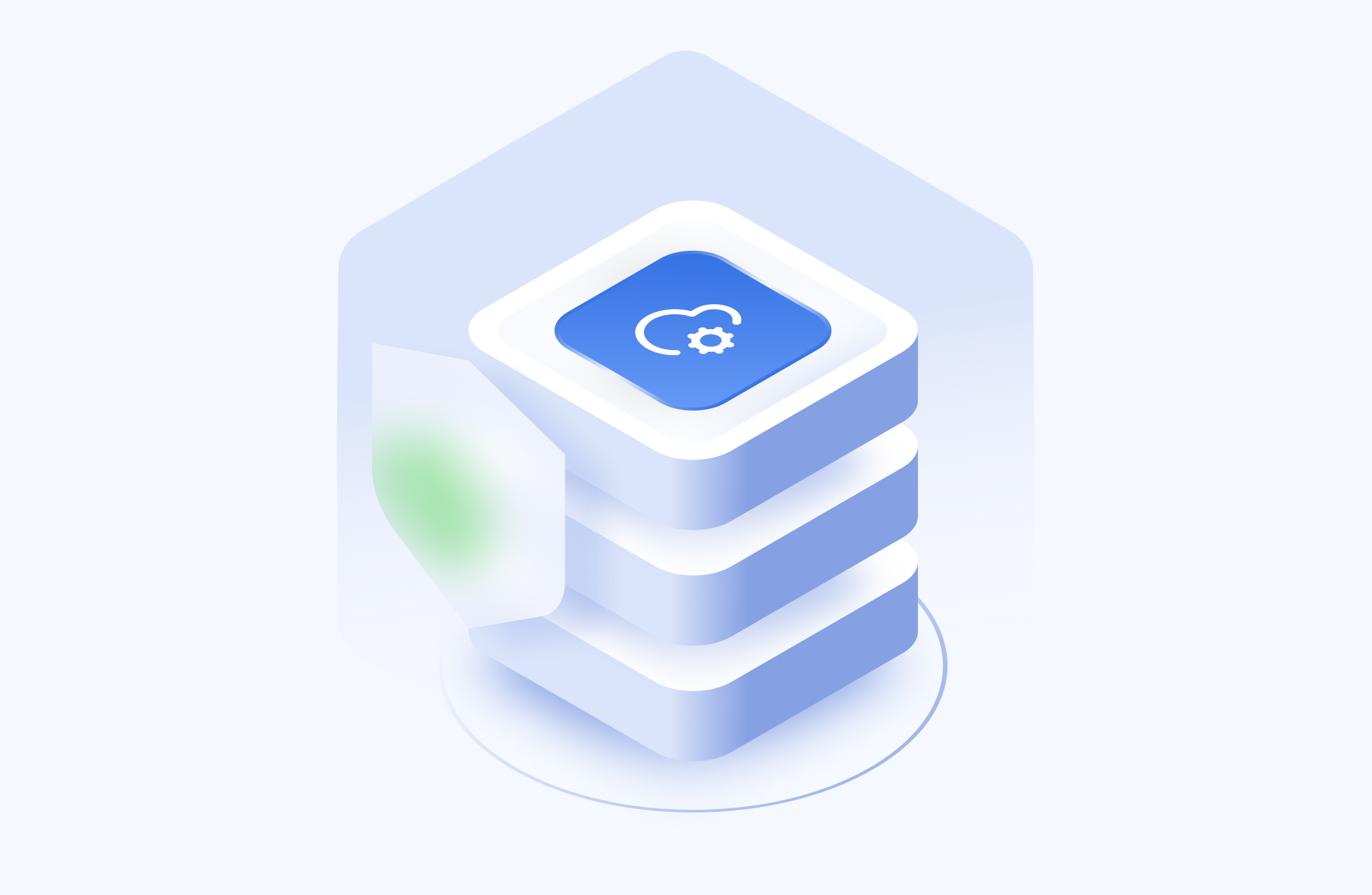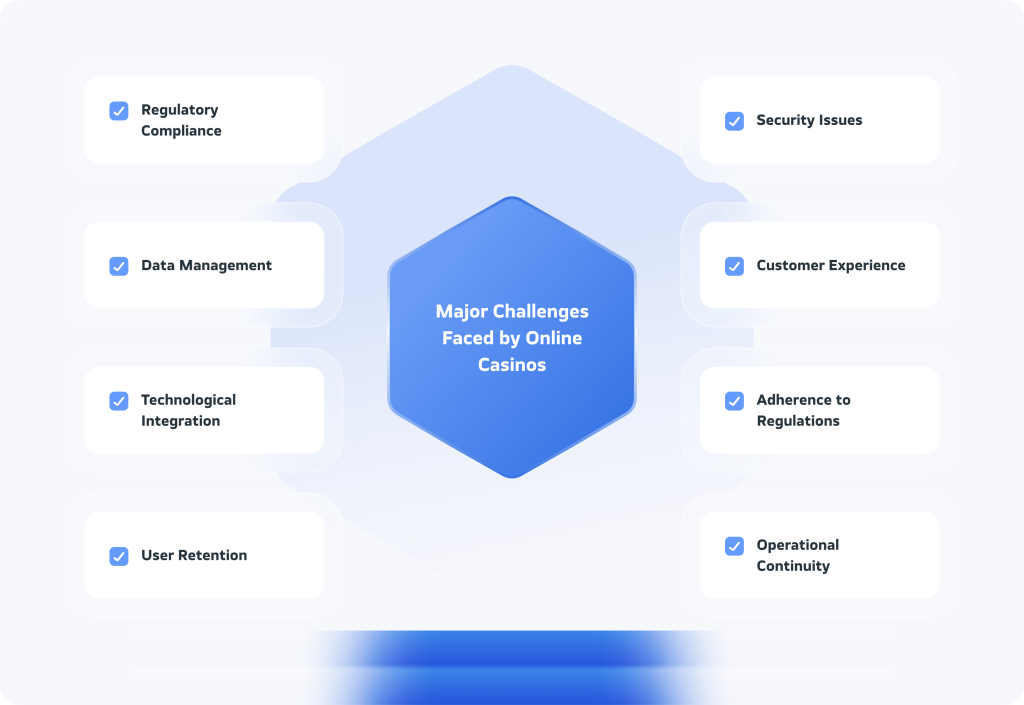Thanks to essential data and cloud services, the digital economy is growing by leaps and bounds. The EU’s digital transformation goals are clear – by 2030, solutions such as Big Data, Machine Learning, and Deep Learning should benefit over 75% of companies. However, for this to happen, companies must have confidence in the security of their cloud architecture.
Ensuring data security is among the biggest challenges of migrating to the cloud. This is a sensible approach – cybersecurity should be recognized. After all, even native cloud companies regularly check their security configurations.
Fortunately, as a whole, the cloud is secure. Prominent platform leaders such as Amazon Web Services (AWS), Google Cloud Platform (GCP), and Microsoft Azure go to great lengths to maintain security and meet various levels of certification. As a result, the problem is rarely in the technology itself – but in the components and solutions built into it.
If you want to know how to strengthen and improve your cloud security, this article is for you. We analyze cloud solutions’ most common security vulnerabilities and examine the most common practices to secure your organization’s critical systems and data.
Why is cloud security architecture important?
Cloud services provide companies with flexibility, efficiency, and cost-effectiveness. These are features of companies’ digital transformation enabling organizations to adapt to market changes through rapid service delivery and the ability to make data-driven decisions.
The cloud security architecture must be built in such a way that companies act responsibly without putting their data at risk. The risks associated with using the cloud outweigh the benefits without cloud security.
Security challenges in the cloud
Ensuring data security in the cloud is a top priority for organizations. This is important because cloud environments have many moving modules, such as computing instances, storage containers, databases, and serverless functions. Most of these are short-lived, with new cases being started and shut down daily. If these resources are misconfigured, attackers can access them through public networks, exfiltrate data, and damage critical systems. This is why it is vital to configure the cloud correctly.
Let’s now consider some of the main challenges when designing a cloud security architecture:
DDoS attacks
Direct denial of service (DDoS) attacks typically bombard a system with requests until it shuts down. Using network compliance policies to filter out repeated requests, you can fend off these attacks. Cloud providers can move workloads and traffic to other resources while working to restore the system. However, persistent DDoS attacks are very destructive and often cause damage at the firmware level, preventing the server from running. When this happens, the network administrator must reload the firmware and rebuild the system from scratch. This can shut down servers for days or weeks.
How important is a server monitoring for security? Read in the article
Misconfiguration of accesses
Although cloud providers offer reliable identity and access management features, every enterprise must configure them correctly. Cloud systems are not secure by default. Hence, it is sometimes too easy for employees to create and leave cloud resources unattended. Misconfiguration of cloud services occurs when we provide opportunities that make it easy for hackers to get to the data, e.g., the issue of open ports granting too much privilege.
Acquisition of accounts
Account takeover is a more severe cloud security concern as organizations increasingly rely on a cloud infrastructure and applications for core business functions. Cloud account takeover accounts for 15% of all security threat incidents, according to the 2022 Cloud Security Report by Cybersecurity Insiders.
Such an attack results in access to sensitive data or functions, giving complete control of a customer’s online account. In addition, organizations storing data in the cloud often need more ability to identify and respond to these threats as effectively as on-premises infrastructure.
Unsecured APIs
Everything in the cloud has an API that is powerful and dangerous. If APIs are not sufficiently secured or have weak authentication, they can allow attackers to access and control entire environments. APIs are the front door to the cloud, often wide open.
Compliance risks
You must always ensure that your cloud service provider meets all relevant system compliance requirements and understands what controls and services you have available to meet your compliance obligations.
Lack of control
While cloud providers are responsible for the security of their infrastructure, they don’t provide information about data flows and internal architecture. This means that security control relies on company actions. Unfortunately, research shows (Acronis Survey 2021) that 85% of companies do not back up daily. Additionally, more than 38.7% have lost data once, and 42% have lost data irretrievably.
That’s why it’s essential to develop an efficient strategy for cloud security architecture and thus avoid unwanted threats.
If you want to protect your organization’s systems and data, consider addressing all of the cloud security issues mentioned above. To achieve this, let’s go over the steps you need to take to ensure cloud computing security.
What is cloud security architecture?
Cloud security architecture includes a variety of controls, procedures, and technologies to protect an organization’s critical systems and data from cyber and misconfiguration threats.
Developing a strategy for cloud security architecture should start at the planning and design process stage. It should be integrated with cloud platforms from the beginning. Unfortunately, however, it happens that cloud architects too often focus on performance first and enhance security second.
Basic steps to ensure security in the cloud
1. Identify the state of cloud use and associated risks.
In the first phase, we focus on understanding the current state and assessing the risks. We do this by performing the following cloud security checklist:
Step 1: Identify sensitive data.
Data loss or theft can result in legal sanctions and sometimes loss of intellectual property. To do this, you must correctly identify and tag your sensitive data to fully assess the risk.
Step 2: Determine access to sensitive data.
The next step is to monitor and analyze who has access to this data and how it is accessed. Before taking any security actions, it is crucial to identify, classify and map data locations, and flows. To do this, you must assess file and folder permissions in the cloud environment and access contexts, such as user roles, user location, and device type.
Step 3: Verify cloud access from unknown sources.
Most employees sign up for seemingly harmless services, such as cloud storage (e.g., Dropbox, Google Drive), online conversion tools (e.g., PDF converters, YouTube downloaders), etc. However, you should always check unknown services for potential risks. To do this, you can use an online proxy server or a firewall to determine what cloud services your organization’s members use and then assess their risk profile.
Step 4: Check the configuration of cloud services.
Cloud environments can contain many settings that, if not configured correctly, can cause security vulnerabilities. Therefore, it is crucial to audit the configuration of identity and access management, network configuration, and encryption.
Step 5: Identify malicious use of data.
Data monitoring checks the possibility of malicious use of data caused by attacks by cybercriminals or careless employees. Analyzing user behavior can check for anomalies and limit internal and external data loss.
2. Protect the cloud environment.
In the second phase, cloud service protection should be implemented according to the associated risk levels.
Step 1: Assign a protection rule.
Once sensitive and regulated data has been identified, control and protection rules must be assigned to determine which data can be stored in the cloud and which deserves better protection. At this stage, you need to train users about these policies, including the consequences of breaking them and how to prevent common mistakes.
Step 2: Encrypt the data.
To ensure data security when using cloud services, use the highest data encryption levels for transmission and storage. When encrypting sensitive data, it’s best to use your encryption keys so that you have complete control over who can access the data and are 100% confident in its security.
Step 3: Establish rules for data sharing.
From the moment your data goes to the cloud, you must enforce access control and sharing control policies. If you use multiple cloud services, you must implement control policies for each service. A good idea is to start with measures such as controlling which users can share/edit data and which should be restricted to viewers only.
Step 4: Stop sharing data with unknown devices.
Cloud services can provide access from anywhere with an Internet connection. However, access from unmanaged devices, such as a phone, creates the possibility of security vulnerabilities. To this end, downloads to unmanaged devices should be blocked, requiring security verification (2FA) of the device before downloading.
Step 5: Implement bot and malware protection.
The activities of malicious bots remain the leading cause of cybersecurity breaches in cloud services, so it is essential to implement bot detection solutions for protection. Using automation (AR/VR), real-time traffic can be monitored and analyzed, and malicious attacks can be mitigated. Malware protection technology can be applied to the operating system and virtual network to protect the infrastructure.
3. Respond to attacks and problems.
Even the best protection will not give 100% protection of the system against malicious attempts. Therefore, we must follow these best practices in responding to attack attempts and successful attacks.
Step 1: Add authentication controls.
Identify access scenarios that are identified as high-risk. For example, when users access sensitive data from a brand-new device. In such cases, two-factor authentication to confirm your identity may be required.
Step 2: Establish new policies for more cloud services.
When new cloud services are integrated into existing infrastructure, access policies should be automatically updated to block access or display a warning message. This is achieved by integrating the cloud risk database with a secure network gateway or firewall.
Step 3: Remove malware from the cloud service.
To do this, scanning your cloud files with malware protection software is necessary to avoid ransomware attacks or data theft.
Summary
The nature of cloud computing can create some cybersecurity complications. The vast attack surface, or lack of visibility into complex cloud environments, can increase the likelihood of cloud account security breaches or successful phishing attacks.
To ensure cloud infrastructure security, care must be taken to effectively secure access to boundaries, limit access privileges, and monitor the activity of regular and privileged users. To reduce the risk of cyberattacks, it is also necessary to educate employees on awareness of threats and prepare a plan to respond to possible security incidents.
If you would like to consult with experts on ensuring the security of your cloud services, feel free to contact us. Our specialists will be happy to share their knowledge and advise you on the right solutions.





